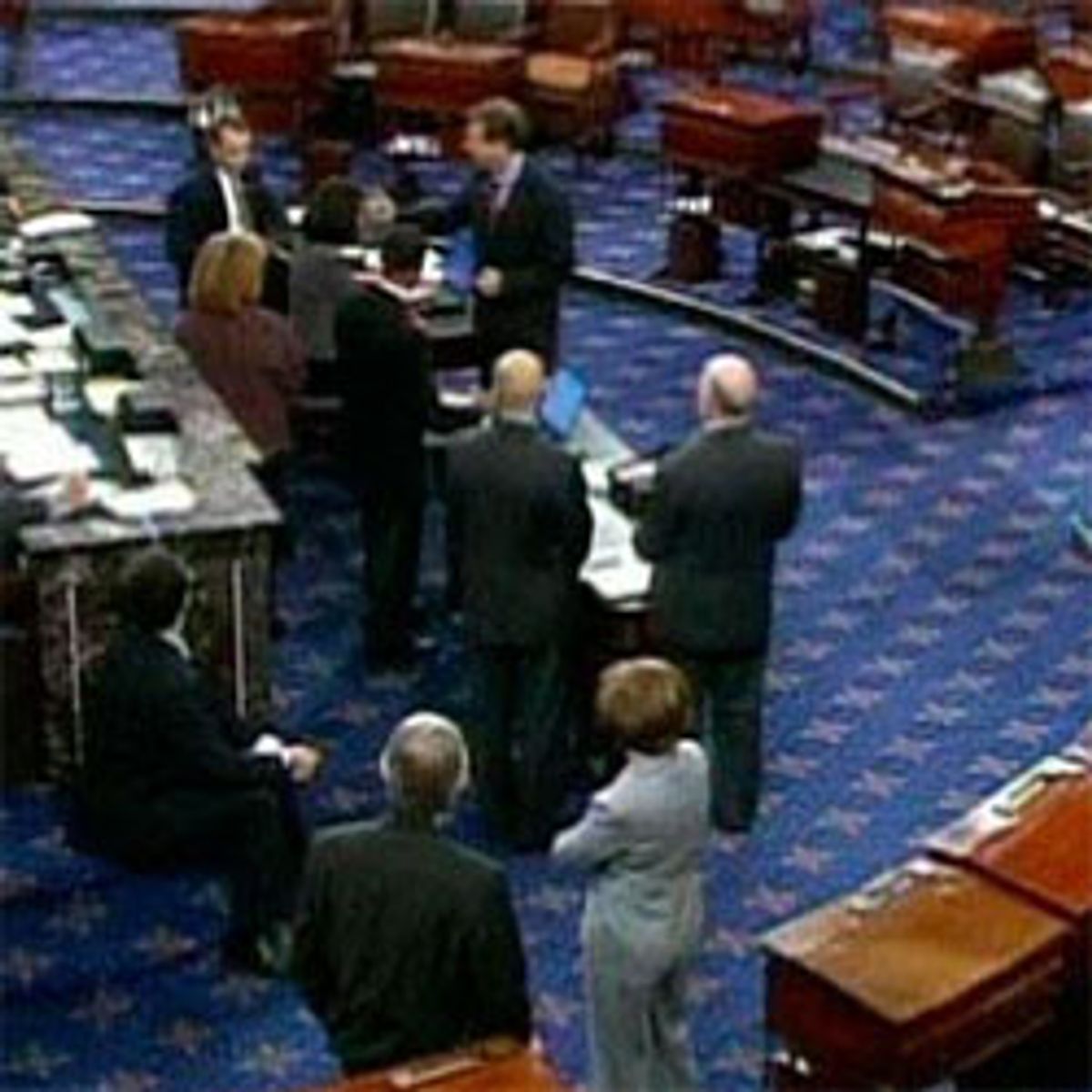Certainly within the last five years, or perhaps even longer, whenever anyone raised the future prospects of nanomaterials a discussion of the impact regulations might have had to be included.
The impassioned, albeit often misguided, views of some NGOs on the toxicity of nanoparticles, has led many to consider how regulations might be adopted to mitigate any risk that they might pose.
Over at Nanotech-Now an editorial from John DiLoreto, CEO/Founder of NanoReg, we have at least the way in which these regulations may come into law in the US: not through the Federal government but from the States.There is some history of this scenario in the US as DiLoreto explains. He provides the case of phosphates in laundry detergent. When the Federal government didn’t act, states stepped in and enacted their own laws. With enough states doing the same, it no longer made economic sense for producers to make two different formulas for laundry detergent, one with phosphates and the other without, so they just eliminated the phosphate-containing detergent.
DiLoreto identifies “at least seven states specifically calling out nanomaterials for treatment as "chemicals of concern."” States that he goes on to mention that are currently engaged in some kind of examination of nanomaterials include, Pennsylvania, Maine, Massachusetts, Washington, South Carolina, Wisconsin and California.
It is in California where the regulations look to be the most advanced. The most controversial bits of California’s regulatory project have been the definition of nanomaterials offered by California’s Department of Toxic Substances Control (DTSC), which considers “materials under 1,000 nm to be nanoscale rather than the more commonly accepted 100 nm.” When this definition is coupled with the view of California’s Office of Environmental Health Hazard Assessment (OEHHA) that “all nanomaterials will be considered hazardous” the broad range of regulations that could come forth is staggering.The prospect of states determining the regulations of nanomaterials on a state-by-state basis, which in turn will decide the fate of nanomaterials’ commercial prospects, seems as though it should be a somewhat scarier proposition for producers than one, over arching set of regulations from the Federal government.
Dexter Johnson is a contributing editor at IEEE Spectrum, with a focus on nanotechnology.




